Ethereum is quickly approaching a scaling singularity that will enable the network to process more than 100 times the current number of transactions.
That’s according to Justin Drake, a researcher at the Ethereum Foundation, who earlier this year predicted the network could scale to millions of transactions per second with the advent of new key technologies.
On Wednesday, he commented on the progress of a technique enabled by one of those technologies called real-time proving.
The current progress is “nothing short of extraordinary,” he said in an X post. “Throughput has grown 100x since genesis ten years ago. [...] We can 100x again, in half the time.”
Real-time proving is a scaling technique that uses zero-knowledge proofs to slash the time it takes the network to finalise transactions by more than 98%.
Lowering the finalisation time removes a key bottleneck on the network, allowing it to handle more transactions.
Ethereum has long struggled to scale as demand for using the network grew.
To pick up the slack, dozens of more performant but less decentralised Ethereum-compatible networks called layer 2s popped up. Several have grown into multi-billion-dollar companies.
With the advancement of real-time proving, the main Ethereum network could eventually rival these layer 2s’ throughput.
Real-time proving
The Ethereum blockchain bundles transactions into new blocks approximately every 12 seconds.
When a user submits a transaction, it gets confirmed relatively quickly. However, that transaction isn’t finalised. Those running the validators that process transactions need to finalise them before they become truly irreversible, a process that currently takes around 13 minutes.
This is a problem, because the long time it takes prevents Ethereum from processing more transactions. To do so, they would need expensive specialist hardware and superfast internet connections, requirements that exclude participation and hurt decentralisation.
To solve the problem, developers are experimenting with outsourcing transaction finalisation offchain.
They are doing so using a zero-knowledge virtual machine, or zkVM. This technology enables so-called provers, who handle outsourced transaction finalisation, to prove to validators that their calculations are correct without needing to send large amounts of data.
Real-time proving lets transactions be finalised at the same speed as blocks are produced. This means blocks can carry more information, which means more transactions, higher throughput, and lower fees for users.
Scaling energy
Real-time proving is developing fast.
In May, Succinct, a real-time proving project, released SP1 Hypercube, which, according to Drake, can prove 94% of blocks in under 12 seconds.
On Wednesday, Brevis, a project focused on real-time proving, announced that it can prove 99.9% of blocks in under 12 seconds using its zkVM, Pico Prism.
Currently, both these projects rely on powerful hardware that consumes a significant amount of electricity to achieve these results.
According to Drake, these costs should come down quickly.
By year’s end, several teams will prove blocks using less than 10 kilowatts total, about the same amount of energy used by a home electric car charger, Drake said.
Tim Craig is DL News’ Edinburgh-based DeFi Correspondent. Reach out with tips at tim@dlnews.com.
.png)











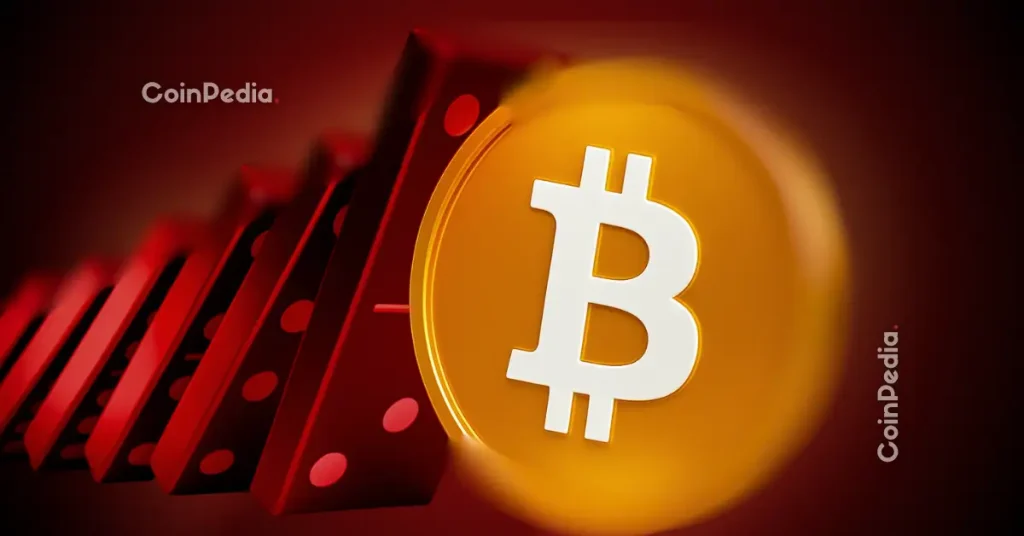


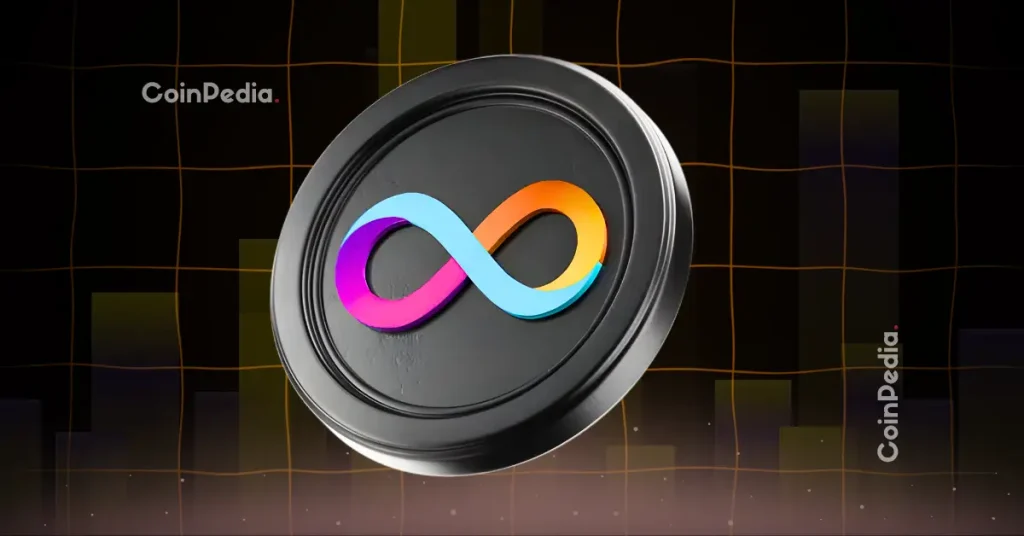

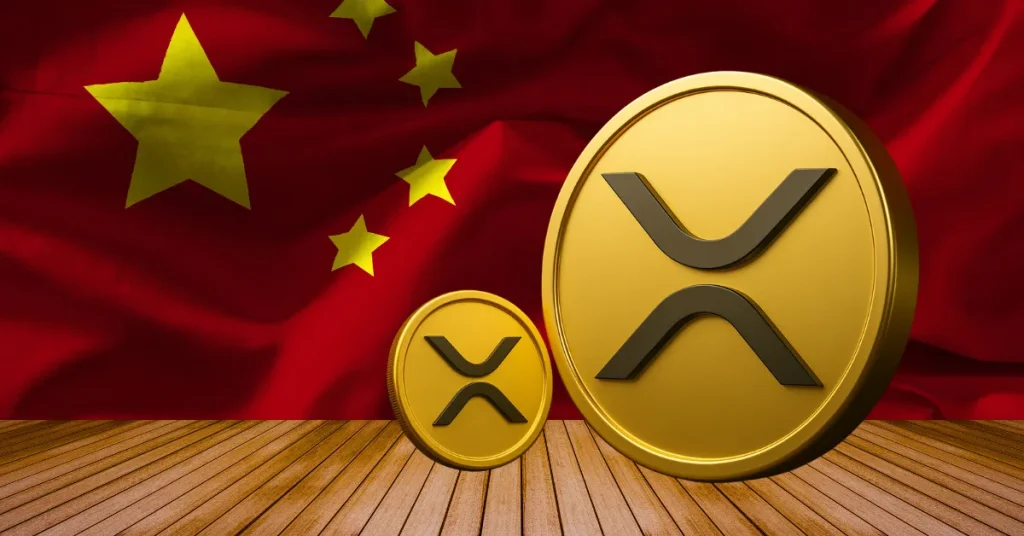


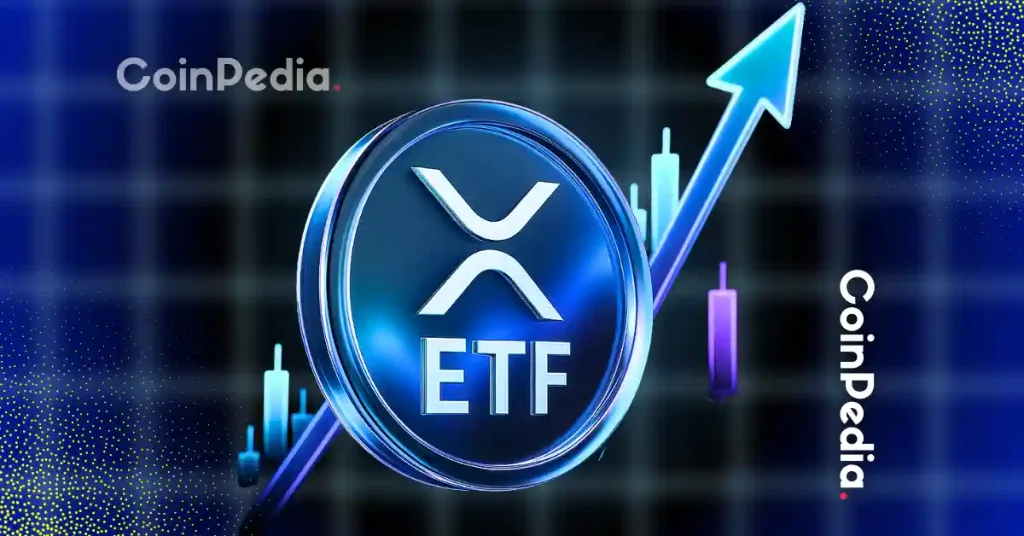





 24h Most Popular
24h Most Popular



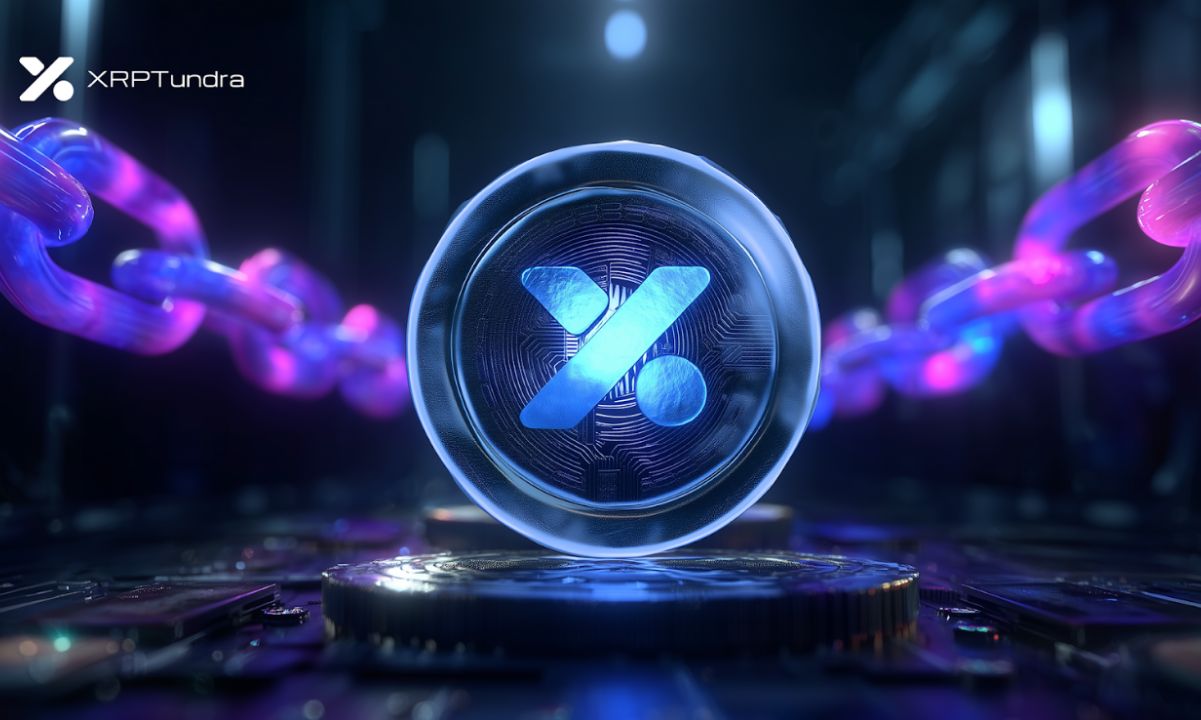



 Utilities
Utilities